Perhaps the most effective way Cuaron was able to communicate the large environment of space was through the use of long shots, or long takes. The opening shot of the film lasts for about 13 minutes—an astonishing long shot that is virtually unheard of in action films today. In total, Gravity contains only 156 shots, with an average shot length of approximately 45 seconds. By implementing these long shots, Cuaron is able to draw the audience into this extreme space environment, not letting them blink, and forcing them to relate to and to experience the film as if they themselves were stranded with the astronauts. The long shots also communicate anti-gravity, as the camera itself seems to be floating along with the astronauts, instead of cutting here and there to stay with them. Finally, by using this floating method, the camera conveys the lack of a standard up and down that is present in space. There are no boundaries or dimensions like on Earth.
A stylistically and visually resplendent shot appears about halfway through the film. Stone eventually makes it into the International Space Station (ISS). Once she closes the hatch, she takes a breather for herself, as this is the first time she's been able to relax since the debris destroyed the Explorer and she became stranded. She curls up in the fetal position, and her figure against the hatch window, combined with some strategically placed wires, allows the shot to visually represent the womb. This of course foreshadows the rebirth that will take place in her character at the end of the film. The shot is also useful in that, by symbolizing birth, it contrasts the amount of death and destruction she has seen firsthand with the other astronauts and shuttle.
Gravity also displays a religious theme. Perhaps the most touching scene in the film is when Stone is in the Soyuz, out of fuel. At a rock-bottom emotional level, Stone manages to contact a foreign-speaking fisherman on Earth. She asks him to pray for her, explaining she would pray herself but has never said a prayer in her life and doesn't know how. This moment reveals Stone's acknowledgement of a higher power or being that has control over the situation and our place in the universe. Cuaron strategically places other religious material throughout the film, as the pictures below illustrate.
Another strong theme in Gravity is evolution. Our main character, Dr. Ryan Stone, evolves over the course of the film from a depressed, downtrodden individual who has no concern if she lives or dies to a determined warrior who will do whatever it takes to survive and return to Earth. Cuaron even goes as far as visually communicating her evolution. When she finally returns to Earth, her space capsule falls into a lake and sinks to the bottom. As Stone begins rising to the surface, we see a frog (this creature who has evolved itself) rising to the water’s surface. As Stone washes up on the shore, she is this evolving creature fresh out of the muddy water onto new soil. After saying, "thank you" to presumably a supernatural being (God), Stone slowly starts to get up; then falls back down because of the newly found gravity on earth. Unfazed due to her experience, she gives a slight laugh and rises to a knee, and then finally to both feet, as an animal rising on to a higher evolutionary level. As she towers over the camera, we come to realize fully the radical transformation and evolution that has gone through her character in the course of the film. The film closes with her walking away from the camera, to an unknown, but certainly better future.

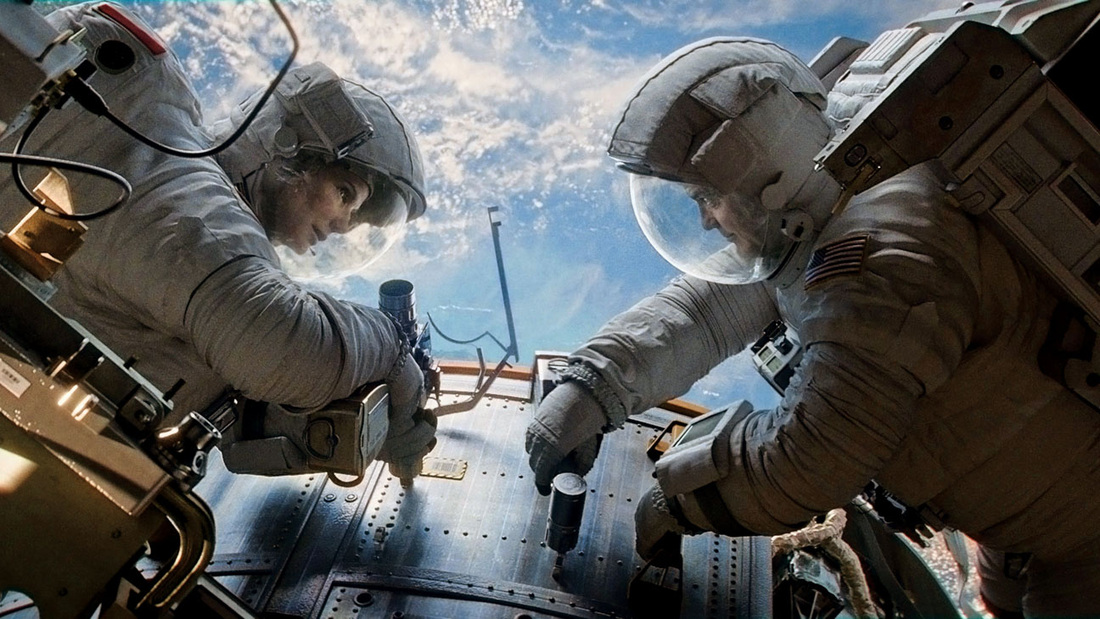

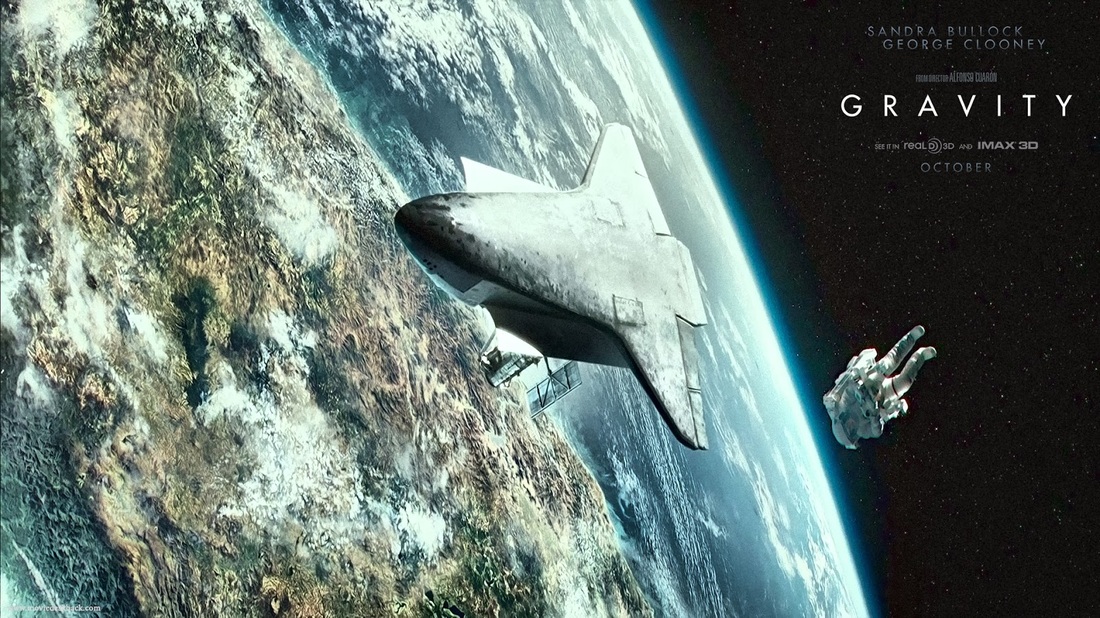
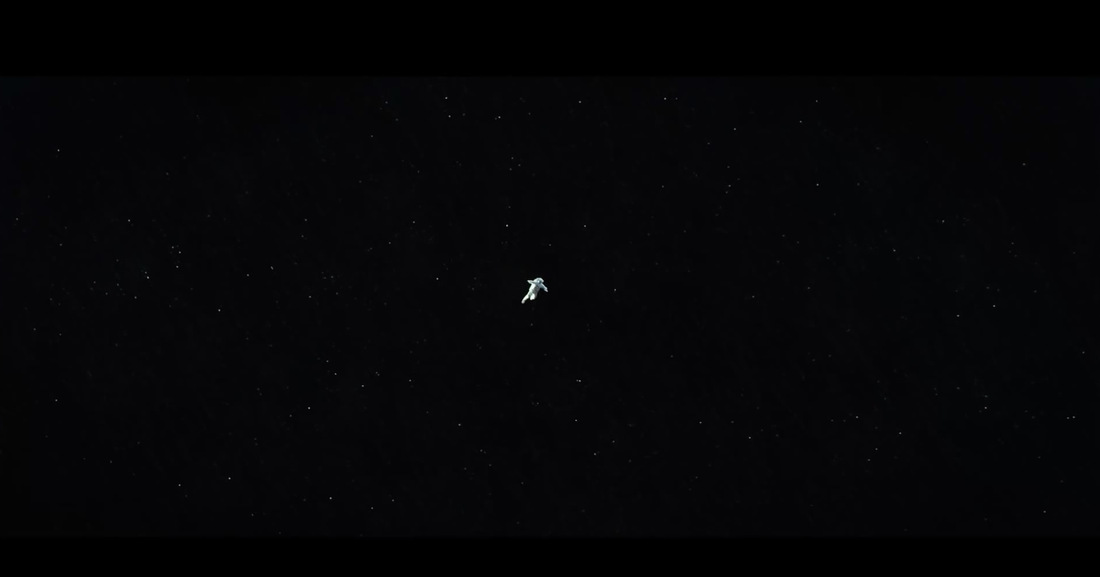
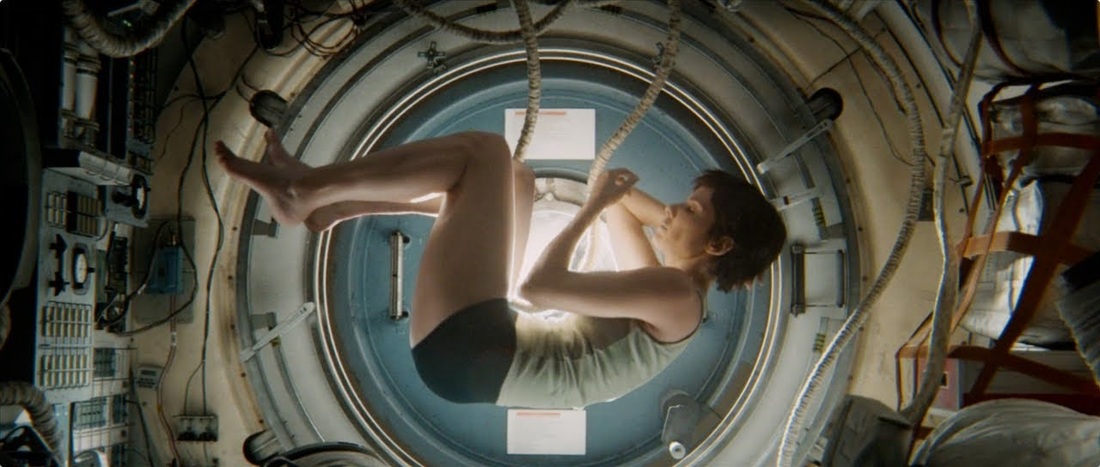
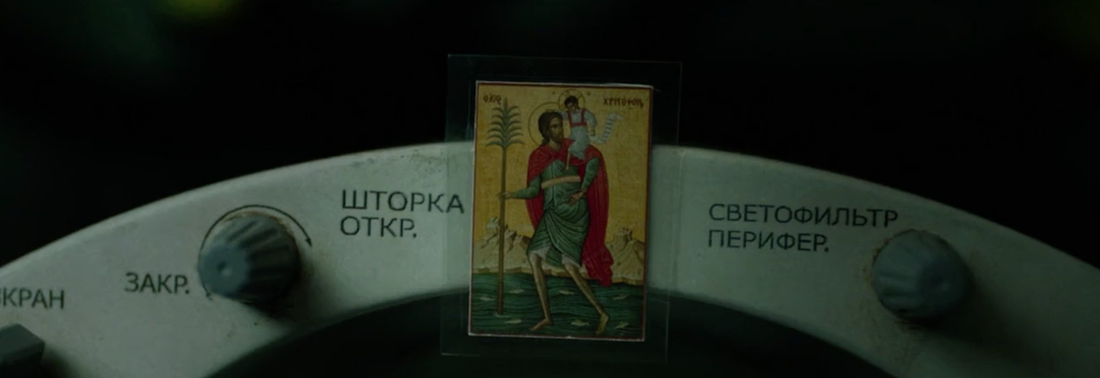
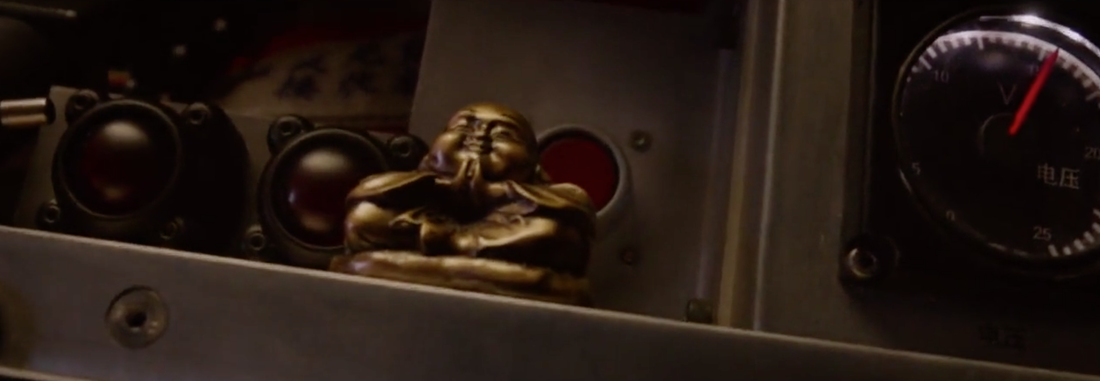
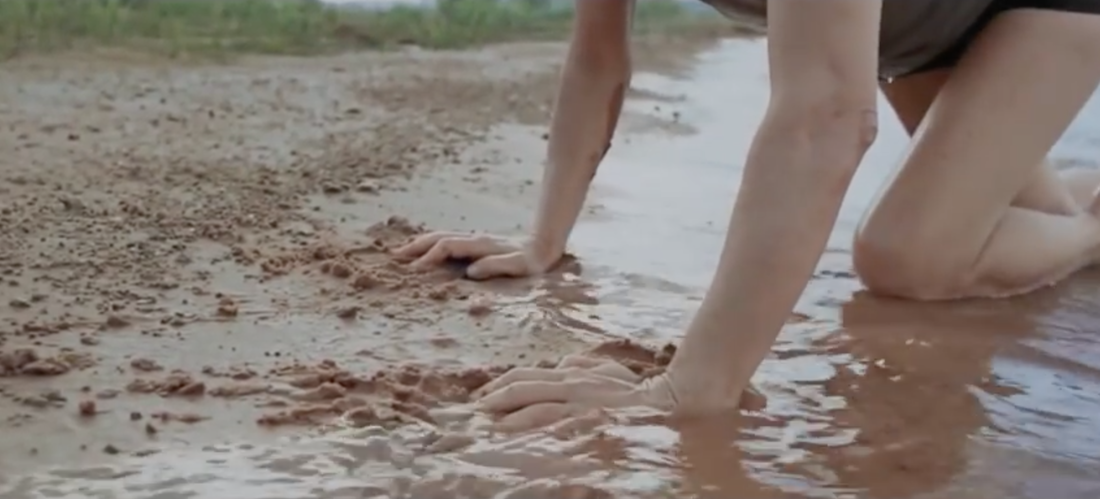


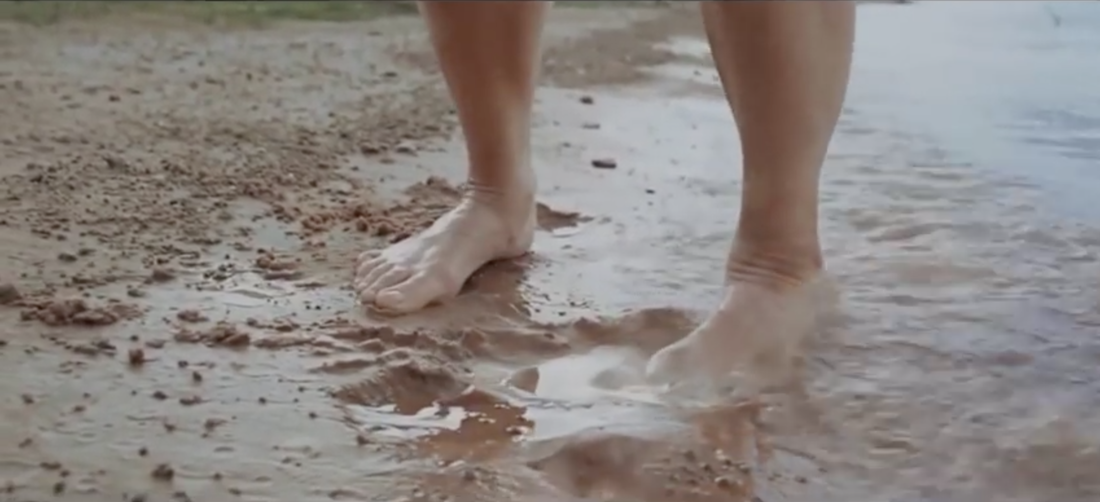
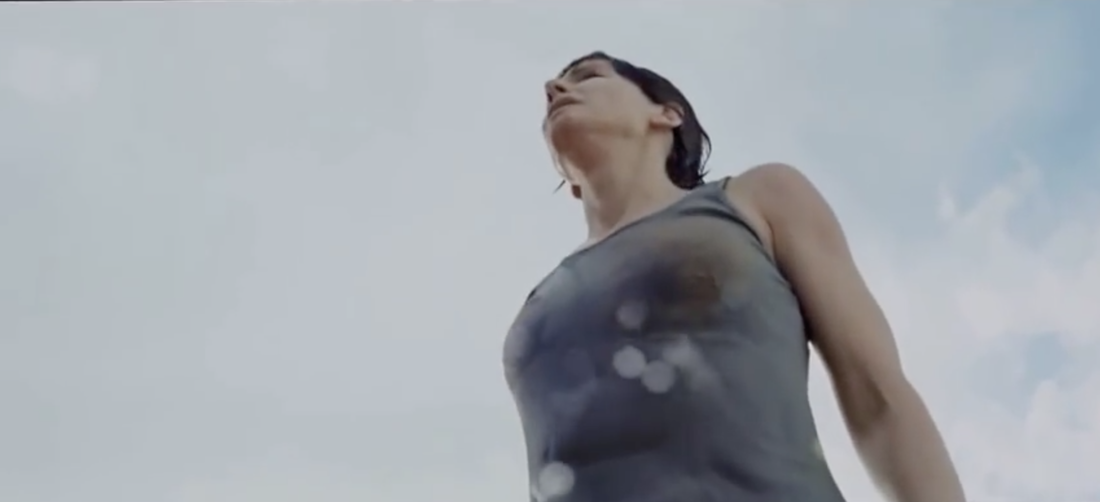

 RSS Feed
RSS Feed
